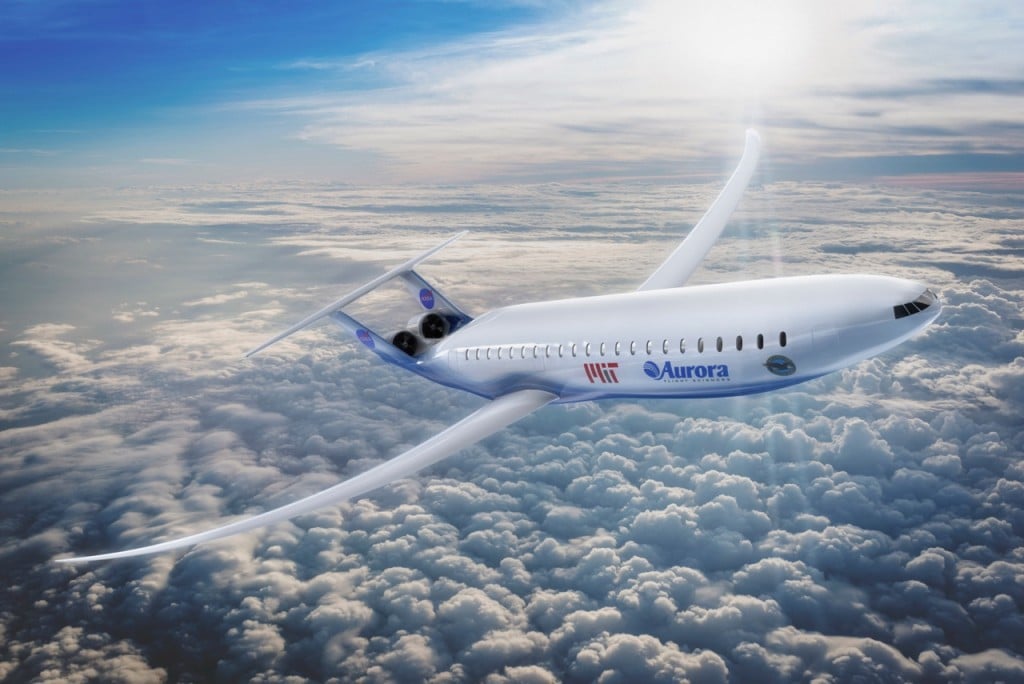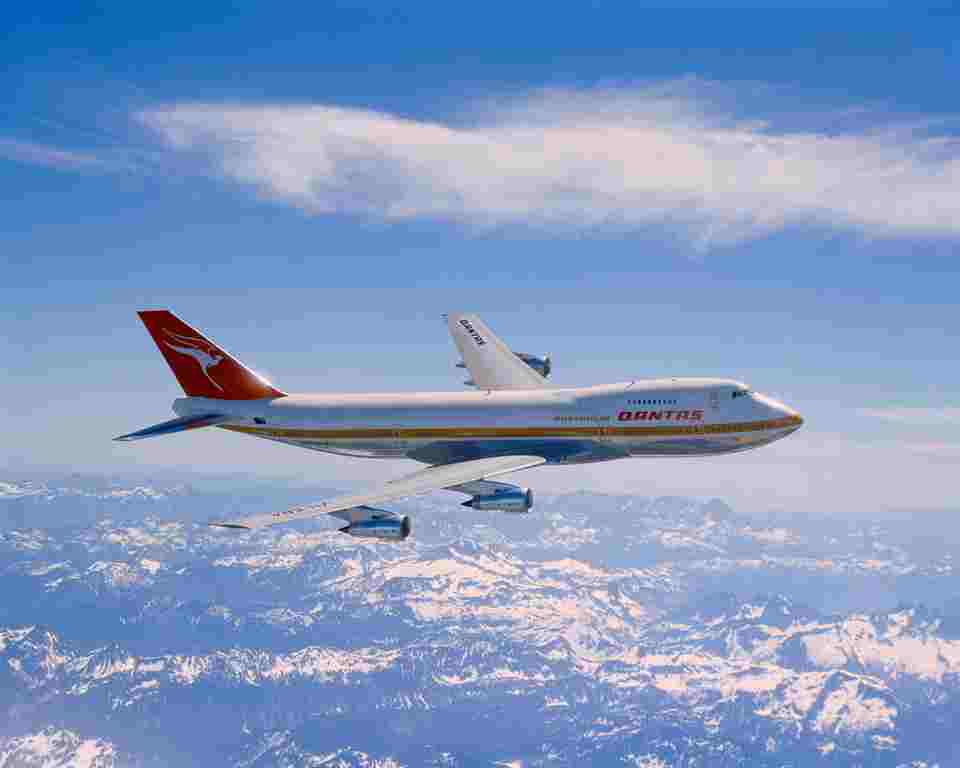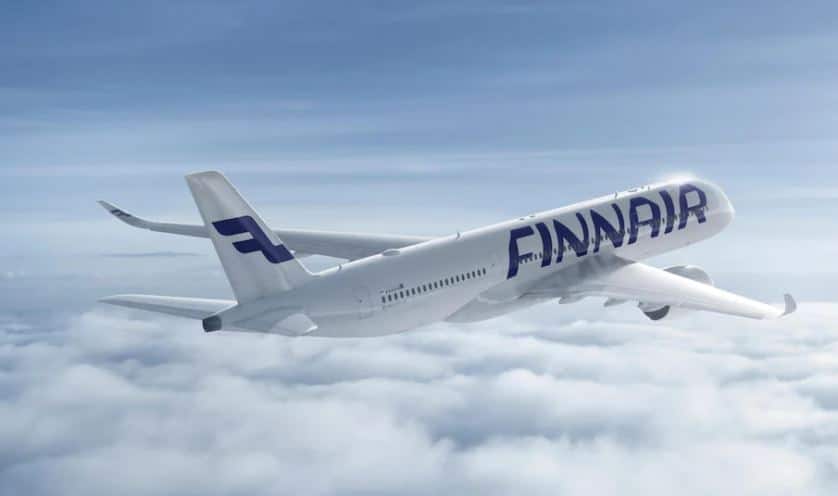Most Viewed ;
Reduce Fuel Burn With a Dose of BLI

It sounds like a cause of heart burn.
Instead, Boundary Layer Ingestion – or BLI – is a promising idea NASA researchers are studying to reduce fuel burn in jet engines, thus reducing emissions and the cost of operating the aircraft.
At its simplest: With BLI, an airplane’s engines are located near the rear of the aircraft so that air flowing over the aircraft body becomes part of the mix of air going into the engine and is then accelerated out the back
“The idea isn’t completely new,” said Jim Heidmann, manager of the Advanced Air Transport Technology Project at NASA’s Glenn Research Center in Cleveland. “What we’re testing now are new technologies that can help us derive benefits from BLI.”
So, more specifically, what exactly is BLI and how does it lead to potential economic and environmental benefits?
A quick review: When an airplane is flying, it has four major forces acting on it – thrust, drag, weight and lift. Thrust makes an airplane go forward, while drag tries to slow it down. Lift offsets the weight to keep an airplane in the sky.
BLI deals specifically with the drag part of the equation by, ultimately, trying to reduce the total drag an airplane experiences in the sky.
It all starts with the fact that as an airplane flies through the air, a layer of slower moving air begins to build up along the skin of the fuselage and wings, which is fittingly called the boundary layer. This slower moving air causes additional drag.
At the front of the airplane the thickness of the boundary layer is zero, but as the air flows back over the surface of the airplane’s fuselage and wings, the layer grows thicker. By the time it gets to the rear of the airplane it can be a foot or more deep.
In a conventional tube and wing airplane, where the jet engines are hung beneath the wings, that’s the end of the boundary layer story. The slower, drag-inducing airflow just continues off the rear of the airplane to mix with the undisturbed air there.

Airlines
These are the 5 oldest airlines Still Operating in the World

The history of aviation is an exciting adventure formed by the pioneering efforts of several individuals and organizations. The world’s oldest airlines, which have played a vital role in establishing the global travel sector, are among these trailblazers.
In this article, we will explore the five oldest airlines still in operation today, highlighting their remarkable journeys and enduring legacies in the world of aviation.

1. Finnair:
Founded: November 1, 1923
Headquarters: Vantaa, Finland
Primary Hub(s): Helsinki Airport
Fleet Size: 84
Destinations: 132
As a pioneer in European aviation, Finnair, founded in 1923, Marked its remarkable centennial milestone on November 1, 2023. Being among the oldest airlines in Europe, Finnair has witnessed many changes over the past 100 years, going from a small regional airline with few routes to a global leader in both air travel and hospitality.
Finnair’s adaptability has been demonstrated by its ability to quickly adjust to recent geopolitical developments and continue providing clients with exceptional service in its distinctive Nordic manner, even as it expands its services to North America and Southeast Asia.

2. Qantas:
Founded: November 16, 1920
Headquarters: Mascot, Sydney, Australia
Primary Hub(s): Brisbane Airport, Melbourne Airport, and Sydney Airport
Fleet Size: 130
Destinations: 85
Qantas is Australia’s flag carrier and the country’s and Oceania’s largest airline in terms of fleet size, overseas flights, and international destinations. It is the second-oldest airline still in operation.
Australian carrier Qantas holds its name among the oldest airlines in the world, with its foundations dating back to November 1920. Recently On November 16, 2020, QANTAS celebrated its remarkable centenary.
3. KLM Royal Dutuch Airlines
Founded: October 7, 1919
Headquarters: Amstelveen, North Holland, Netherlands
Primary Hub(s): Amstelveen, North Holland, Netherlands
Fleet Size: 116
Destinations: 145
KLM, officially known as KLM Royal Dutch Airlines, is the world’s oldest airline that is still in operation under its original name. On October 7, 1919, the company was founded. Four years ago, On 07 October 2019, KLM celebrated its remarkable centenary. As an airline from the beginning of the 20th century, it survived World War II and is currently part of the Air France-KLM company.
4. Aeroflot
Founded: February 3, 1923
Headquarters: Moscow, Russia
Primary Hub(s): Sheremetyevo International Airport
Fleet Size: 247
Destinations: 146
Aeroflot is Russia’s national carrier and largest airline. It is also Eastern Europe’s oldest airline, having been founded in early 1923. DOBOROLET, or The Russian Society for Voluntary Air Fleet, was the airline’s original name.
Aeroflot concentrated on foreign routes out of Moscow when the airline was separated into several enterprises. In celebration of its 100th anniversary in 2023, Russian airline Aeroflot (SU) recently began a series of retro-style flights, transporting customers on a nostalgic journey through time.
5. Avianca
Founded: December 5, 1919
Headquarters: Bogotá, Colombia
Primary Hub(s): El Dorado International Airport and San Óscar Arnulfo Romero International Airport (Avianca El Salvador)
Fleet Size: 102
Destinations: 114
On December 5, 2019, Avianca commemorated its 100th anniversary. The airline was founded in late 1919, according to its history. After acquiring a number of airlines in nearby nations, Avianca has grown to become one of Latin America’s biggest airline groups, with a fleet of over 130 aircraft and a network of subsidiaries covering almost the entire continent.
-

 Travel1 week ago
Travel1 week agoAir India to Expand US Operations with Three New Routes After a Decade
-

 Travel2 weeks ago
Travel2 weeks agoWhy We Should Avoid These Stamps in a Passport
-

 Airlines1 month ago
Airlines1 month agoInvestigations Reveal Fake Chinese Titanium in Boeing and Airbus Jets
-

 Tech4 weeks ago
Tech4 weeks agoChina’s CATL Plans 1,800-Mile Electric Plane Launch by 2027
-

 Airport3 days ago
Airport3 days agoTop 10 Largest Airports in the World by Size
-

 Aerospace4 weeks ago
Aerospace4 weeks agoChina’s Fighter Jets Turn Wings into Autonomous Drones
-

 Airlines4 days ago
Airlines4 days agoAir India Rolls Out A350s for Delhi-New York JFK and Newark Routes
-

 Defence3 weeks ago
Defence3 weeks agoBoeing Enhances Chinook with New Engines and Block II Upgrades at $96 Million







